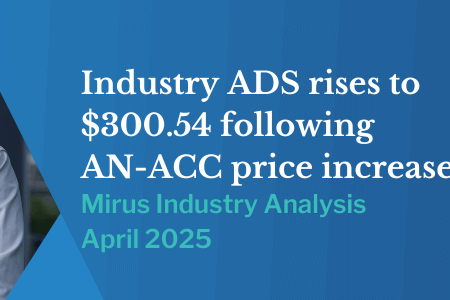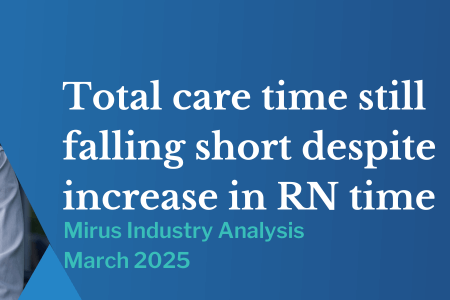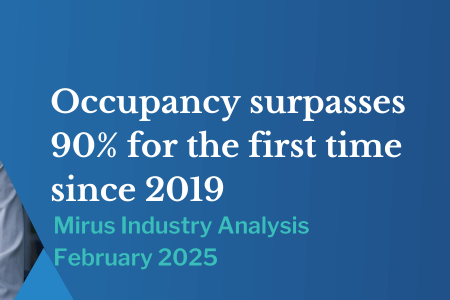What 3 key performance indicators are you ignoring?
February 13, 2019 | Aged Care Management

Balancing revenue and expenditure in any business is crucial for its success. In aged care, monitoring and managing occupancy is key to improving financial sustainability. The occupancy has a direct impact on the financial management of fixed and variable costs as well as revenue.
But it’s not the only indicator.
Across the industry occupancy rates are declining and during such dynamic times, it’s important for aged care organisations to continually understand how they are performing across a range of indicators. Improving occupancy rates alone are not the only answer. Additional indicators to consider how best to distribute resources and drive maximum business results include:
- Average Daily Subsidy (ADS)
This is a lead KPI and a measurable data point that can be influenced based on a provider’s ability to identify and submit higher funded ACFI claims. The ADS is important as it provides insight into Medicare payments before they are paid.
ACFI is based on the resident’s care needs. Generally, revenue is reduced as new residents who have lower care needs (and therefore lower funding) enter a facility and departed residents who have left with higher care needs (higher funding). In this scenario, the key to sustainable revenue management is access to real-time data to assist with decision making.
- Respite Strategy
Residential aged care respite programs provide short-term care on a planned or emergency basis to people assessed and approved by ACAT. This is another important revenue stream to explore. Facility managers and admission managers can monitor their pipeline regularly to include this additional source of funding.
Currently, 64% of facilities fail to meet the requirements for higher rate respite. Defining your respite strategy and understanding whether you should increase usage or reduce allocation is key to optimising this supplement.
- Supported Resident Ratios
All aged care services, whether or not they are certified, are required to meet a minimum supported resident ratio based on their aged care planning region- Sanctions may be applied to those services that do not meet the required ratio. Supported, concessional and assisted residents count towards the supported resident ratio. Setting a capital management strategy that considers supported residents is important for a balance in cash flow and capital management.
Depending on your capital management strategy, you may want to stay below 35% (to increase your RAD pool) or exceed 40-45% (for improved cash flow).
Summing up
If facilities are focused just on ACFI forecasts or occupancy rates, then the incremental funding available will be left unclaimed. Looking at any one KPI in isolation will not give you the big picture.
These are just a selection of some of the KPIs you should be across. You should be looking at a wide variety of indicators to ensure you support the business strategy.
The data required to measure these performance indicators can be obtained from Medicare. Access to this on a frequent and timely basis is very important for analysing data in real-time and for making quick & relevant business decisions. To find out more about how you could access these data points faster, please contact our Mirus Australia’s ACFI experts today!


